Key Consideration for Your Home Addition Project
Planning the addition’s design is the first step in a home addition and extension project, to ensure the new space is structurally sound and doesn’t damage the existing structure.
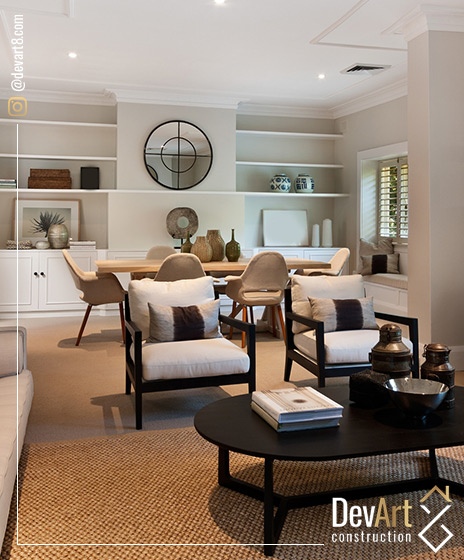
- The current structure and layout of the existing home are important to understand the current load-bearing capabilities and potential challenges in integrating the new addition with the existing structure.
- Bay Area home addition building codes and zoning regulations – These regulations set standards for the design, construction, and use of the new addition and must be adhered to for safety and legal compliance.
- Functionality and purpose of the new addition – The design of the new addition should align with its intended purpose and meet your needs.
- Aesthetics and compatibility with the existing home style – Ensuring the new addition complements the existing home’s style, color scheme, and architectural features.
- Accessibility requirements – If you or your family have mobility or accessibility needs, consider universal designs for the new addition to cover your accessibility requirements.
- Natural light and ventilation – We ensure the design and layout allow for adequate natural light, ventilation, and proper insulation.
- Energy efficiency and materials used – Focusing on energy efficiency and evaluate the materials used for construction, including their durability and sustainability.
- Plumbing and electrical systems – our designs also consider the placement and integration of plumbing and electrical systems with the existing home.
Popular Types of Home Additions
Apart from increasing your home's square footage, the recommended room additions in Bay Area can also add value to your home. Some room additions that will add value to your home include:
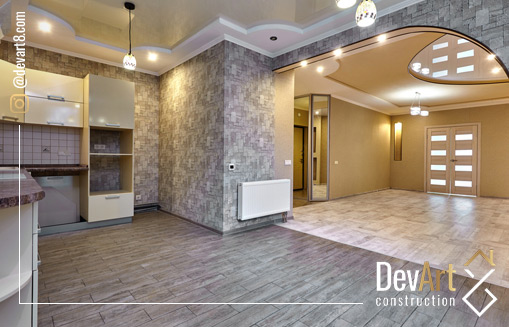
Bump-Out for More Square Footage
Bump-out additions are micro additions (small structural extensions) that allow you to add square footage to your home. You can increase them by 12 ft. in width and 3 ft. away from the main house. Though, the size of your bump-out addition will depend on how much land you have to use.
With a bump-out addition in Bay Area, you can increase the size of your kitchen and bathroom or add a walk-in closet or mudroom to your home. If you go for a bump-out addition, you can get additional living space without dealing with large-scale construction.
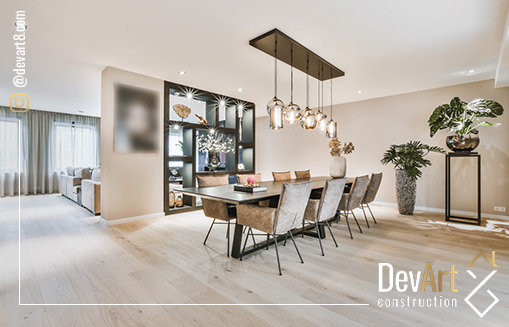
Conventional Home Addition
A conventional addition is a single-room addition, like a bedroom or bathroom, to the side of the house. This is a full addition, often restricted to the ground floor, which is easy to construct and only expands the size of a single room.
Conventional home addition in Bay Area can be built to suit any of your household’s needs, whether you need more space for a family room, bathroom, or master suite addition.
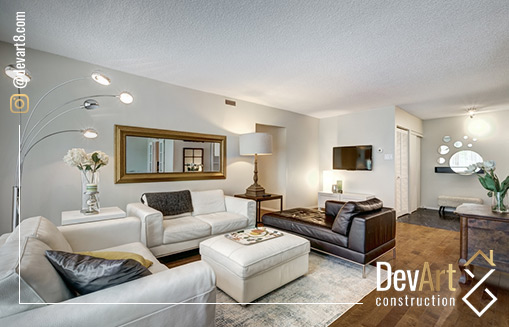
Full Home Addition
Full additions are becoming popular in Bay Area because they are smaller houses attached to the main house. They have several rooms, including guest rooms, garages, bathrooms, and in-law suites, but they don’t have a kitchen.
This type of addition involves plumbing, electrical, and HVAC installation.
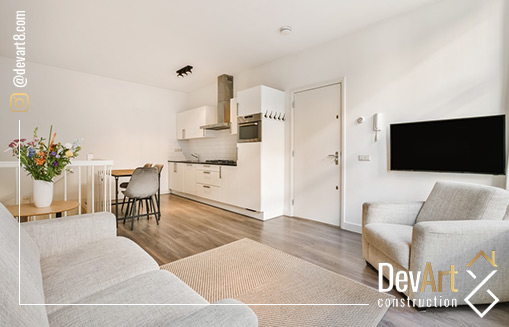
Second Story Addition
If there is not enough space to expand the ground floor or you can’t build outwards, you can get a second-story addition to give you additional space.
This type of addition will help you move around the rooms to maximize your space and increase the value of your home. This could mean moving bedrooms to the second floor while leaving the kitchen, dining area, and living room on the first floor.
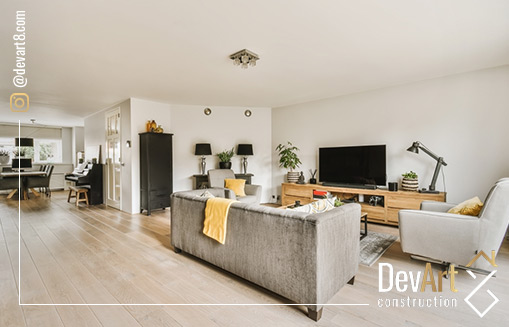
Sunroom
Sunrooms are a widely preferred home addition in Bay Area because they provide light and relaxing space. With the option of having doors separating it from the main house, sunrooms are typically large and airy, with large glass windows creating a bright environment.
They are often built with similar materials to match the rest of the home. Design considerations include insulation for year-round use and visual cohesion with the house.
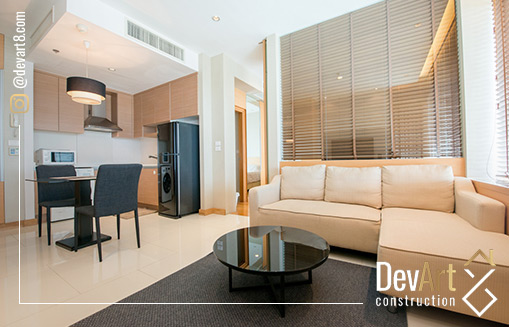
Kitchen Addition
If you are looking to expand your kitchen to accommodate more appliances and traffic, consider having a kitchen addition.
With the help of the home addition team, you can achieve your dream kitchen with proper planning and execution, ensuring the addition is designed with natural light and ventilation to keep the kitchen bright and airy.
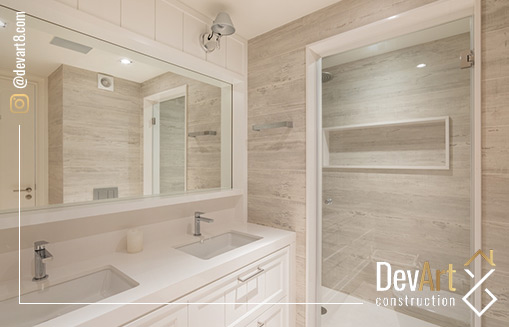
Bathroom Addition
Bathroom addition and extension can range from simple projects with just a sink and toilet to luxurious with a walk-in shower. The design and construction of the addition depend on its size, location, and necessary plumbing and electrical work.
There may be a need to sacrifice storage space, but you will find it a worthy trade-off for the added convenience of an additional bathroom.

Planning and Design Guide for Home Additions
Working with our design and planning team to create detailed plans and renderings of the new addition, considering factors like zoning regulations, building codes, and accessibility requirements. This will involve:
- Assessing and determining your needs and wants for the home addition, such as additional living space, storage, or updated features.
- Site surveying and assessment, basically inspecting your property and the site to gather information necessary for the design, including zoning and building codes, site access, and any potential challenges.
- Design conceptualization to incorporate your desired features and comply with the local Bay Area home addition codes and regulations.
- Refining and finalizing the design to ensure it fits all your demands.
Universal Design for Room Additions
When it comes to home addition projects, integrating universal design elements into the overall plan can guarantee the safety and accessibility of your new home for people of all abilities.
Accessibility for All
Creating a space usable by people of all ages and abilities.
Adaptable Layout
Designing layouts that can be easily modified for different needs.
Safety
Prioritizing safety with adequate lighting and features like grab bars.
Functionality
Balancing style and practicality for a comfortable living space.
Comfort
Ensuring comfort with ergonomic furniture and climate control.
Future-Proofing
Planning for changing needs without major renovations.
Resale Value
Increasing market appeal by offering long-term accessibility.
Sustainability
Aligning with eco-friendly building practices for sustainability.

Schedule Your Home Addition in Bay Area with Ease
At DevArt8 Construction, we are experienced in Bay Area home addition projects, from planning, designing, and permitting to final implementation. Begin the construction process today. Call +1-669-293-1126 or schedule a conversation with us to get started.
Regulations for Home Additions in Bay Area
Regulations for a home addition in Bay Area are in place to ensure the safety, structural integrity, and compliance of addition projects. Besides, they are governed by local, state, and national building codes and regulations.
While the specific requirements can vary based on the scope and nature of your project, here are some common regulations and considerations we always adhere to:
Local Building Codes
Compliance with Bay Area’ local building codes and regulations, covering setbacks, height limits, and design standards.
Zoning Regulations
Adherence to zoning regulations, including land use, lot size, and setbacks, as per Bay Area zoning laws.
Accessibility Standards
Compliance with ADA standards for accessible design, including door widths, ramps, and accessible bathrooms.

To ensure compliance, here are the plans and specifications required for a home addition project (this may vary depending on your project):
| Aspect | What to Expect |
|---|---|
| Site Plan and Vicinity Map | A detailed site plan with a vicinity map to precisely show your project's location, ensuring compliance with CRC and local regulations. |
| Foundation | Foundation details, including footing size, depth, rebar specs, concrete strength, and slab thickness. Comprehensive coverage for raised floor construction. |
| Floor Plan | A comprehensive floor plan specifying room use, dimensions, fixtures, heating equipment, exhaust fans, and safety features. |
| Roof-Framing Plan | Detailed roof framing plans, covering existing and new framing to ensure structural integrity and code compliance. |
| Exterior Elevation Views | Exterior elevation views showcasing wall and roof finishes, door and window placements, and accurate grade levels. Roof covering meeting Class "A" standards. |
| Connection Details | Comprehensive connection details for clear construction methods and connections, ensuring a seamless and code-compliant project. |
Obtaining Home Addition Permits and Approvals
At DevArt8 Construction, we understand the room addition permitting process’s bureaucracy and help you through the permit application process and scheduling inspections.
The required permits will depend on the project’s type of addition and scope and may involve changes to floor plans, electrical systems, plumbing, and detached structures.
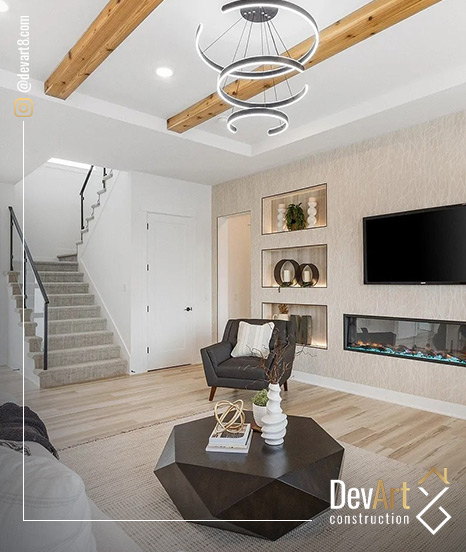
- Building Permit: Official permission for structural changes or significant additions to your home.
- Grading Permit: Ensures safe land preparation when leveling or creating foundations for construction.
- Electrical Permit: Required for safe electrical additions, like outlets, lighting, and appliance wiring.
- Plumbing Permit: Ensures plumbing changes, such as adding bathrooms or kitchens, meet local standards.
- Mechanical/HVAC Permit: Necessary for heating, ventilation, and air conditioning system modifications.
- Demolition Permit: Provides clearance for the controlled removal of existing structures.
- Zoning Permit: Ensures compliance with local zoning regulations and land use guidelines.
- Environmental Permits: May be needed to protect natural habitats and surroundings, depending on the project's location.
Scheduling final inspections with local authorities is important to ensure that the addition meets all building codes and regulations and obtain necessary certificates of occupancy, warranties, and other documentation.
Home Addition Construction
Another important step in your home addition process is the construction, and we do the following:
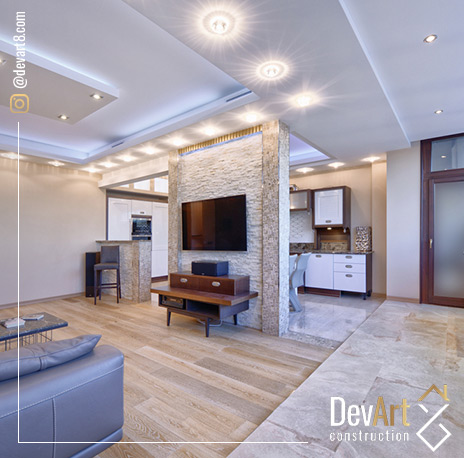
- Demolition – Removing anything from your home that will be replaced or renovated and lay the foundations for new room additions.
- Site preparation – Preparing the construction site by clearing and grading the area, installing utilities and services, and setting up the necessary safety measures.
- Foundation work – May involve pouring concrete footings and walls, installing support beams, or laying a basement floor.
- Framing – Installing the wood framing for the walls, roof, and floor systems, including joists, beams, and headers.
- Rough plumbing and electrical – Installing the rough plumbing and electrical systems, including pipes, ducts, and wiring.
- Insulation and drywall – Fitting insulation and hanging drywall to provide a smooth, finished surface.
- Finishing work – Completing the interior and exterior finishes, such as painting, installing flooring, cabinets, and fixtures, and finalizing the plumbing and electrical systems.
FAQs
Start Your Project





